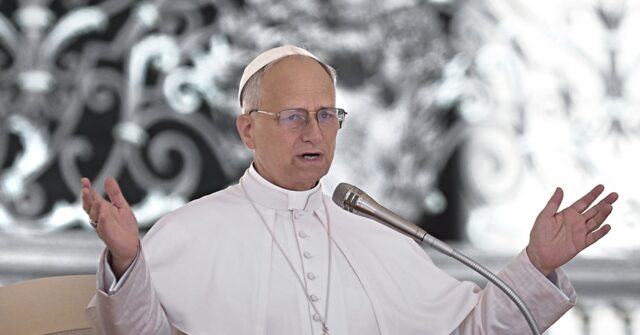Pope Leo XIV authorized the recognition of Spanish Monsignor Alejandro Labaca Ugarte, Colombian Sister Inés Arango Velásquez, and Indian Bishop Matthew Makil as Venerables, the Catholic News Agency (CNA) reported on Tuesday.
Monsignor Labaca and Sister Arango, two Church missionaries, were martyred in the Amazonian Ecuador in 1987 after being repeatedly stabbed with spears by a local indigenous tribe. The recognition as Venerables, Pope Leo’s first since the start of his papacy, marks a new step in the path towards possible sainthood for the two missionaries and the bishop.
In the Catholic faith, the title of “Venerable” is one of the steps towards sainthood and is conferred to deceased Catholics who, after being previously declared a servant of God, are recognized by the pope for having lived a life of heroic virtue.
Monsignor Alejandro Labaca, sometimes spelled as “Labaka,” was born in Beizama, Spain, on April 19, 1920, and ordained a priest of the Order of Friars Minor Capuchin in 1945 at the age of 25. Labaca was killed in Ecuador in 1987 at the age of 67.
Prior to his decades-long missionary work in Ecuador, Monsignor Labaca spent seven years doing missionary work in China — but, due to the brutal Catholic persecution committed by communist China, the priest was expelled from China in 1953 and briefly returned to Spain. In 1954, Labaca was named Apostolic Vicar of Aguarico and traveled to Ecuador, where he carried out missionary work for the evangelization of local indigenous people for 33 years until his death in 1987.
Sister Inés Arango, born in Colombia on April 6, 1937, also carried out missionary work in Ecuador until her death in 1987. Her missionary work was centered on the Waorani, an indigenous people from the Amazonian Ecuador.
According to the General Secretariat of the Synod, Monsignor Labaca and Sister Inés were taken by helicopter on July 21, 1987, to a remote region of the Amazon where the Tagaeri, a Waorani offshoot that had become targets for oil and logging companies, lived. Upon their landing, the pair were welcomed by the women and children. Later, hunters arrived and decided to kill them.
“Sister Inés contemplated the cruel death of her bishop, the rite of stabbing him with 17 spears and puncturing him with 80 wounds. And her? It seems they did not want to kill her,” the General Secretariat of the Synod’s website read. “But a young warrior thrust his spear into her frail body. Four others followed suit. She had 70 wounds on his body. And there they were, lying in the jungle, two bleeding bodies. The bishop’s, naked like that of Jesus on the cross.”
Bishop Matthew Makil, the third recently recognized Venerable, was born on March 27, 1851, in Manjoor, India, and died on Jan. 26, 1914, in Kottayam, India. In 1892, Bishop Makil founded the Sisters of the Visitation of the Blessed Virgin Mary, an Eparchial congregation in the Archeparchy of Kottayam. Bishop Makil passed away on January 26, 1914, in Kottayam, after a brief illness.
“He actively promoted catechetical formation, school education, the creation of religious organizations and associations, and the fight against poverty, which afflicted much of society at the time. He also encouraged vocations to consecrated life,” Vatican News reported.
“Moreover, he did not allow himself to be discouraged by local conflicts, which at times flared up violently, between the ‘northerners’ (who considered themselves descendants of the community founded by Saint Thomas the Apostle) and the ‘southerners’ (who saw themselves as successors of Mesopotamian migrants). Bishop Matthew Makil was guided by his episcopal motto: “God is my hope,” the report continued.
Upon being declared Venerable, a miracle worked through the intercession of each individual must be approved for the three to be beatified — the next step prior to a possible canonization.
Christian K. Caruzo is a Venezuelan writer and documents life under socialism. You can follow him on Twitter here.
Read the full article here


